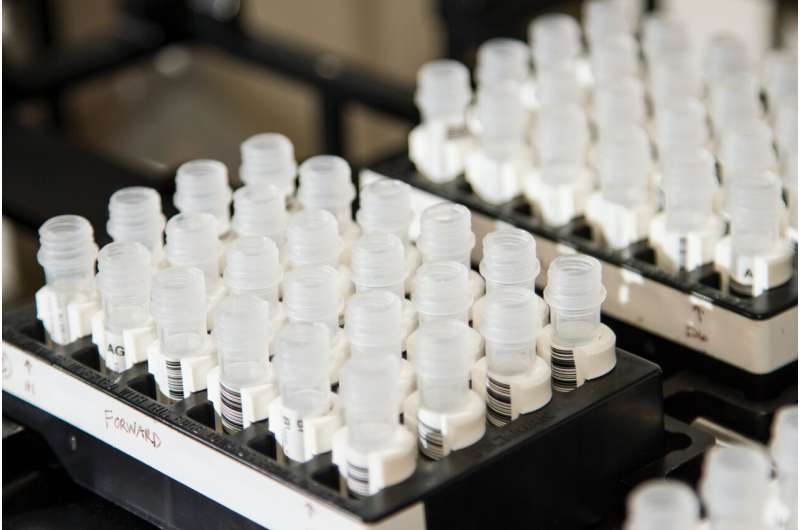Public Perception of Future Pandemics: Insights from a Recent American Poll

A recent poll reveals that most Americans believe a new pandemic is likely within the next decade, with significant political differences in perception and concern over infectious disease threats.
In the wake of the COVID-19 pandemic, which began spreading rapidly across the United States in 2020, fears of future outbreaks remain prevalent. A recent poll conducted by YouGov in early May 2025 reveals that a significant majority of Americans believe that the country could face another major infectious disease outbreak within the next decade. Specifically, 69% of respondents consider it somewhat or very likely that the U.S. will experience a widespread outbreak of a new infectious disease in the coming ten years. Conversely, 20% of those surveyed think this scenario is somewhat or very unlikely.
Partisan differences are evident in these perceptions: with 85% of Democrats believing a new disease outbreak is likely, compared to 61% of Republicans and 63% of independents. The survey, which sampled 1,067 U.S. adults from April 1-4, also probed perceptions of the threat posed by existing diseases, such as measles, which some children are vaccinated against. A majority of 58% considered it somewhat or very likely that an infectious disease like measles could spread widely again, while 29% viewed this as unlikely.
The concern over infectious diseases is heightened by ongoing outbreaks. For example, as of May 22, there were 1,046 confirmed cases of measles across 30 states, according to the Centers for Disease Control and Prevention. Additionally, the poll showed that 32% of Americans believe that infectious illnesses pose a greater threat today compared to 50 years ago; however, a larger group of 38% disagrees, stating these diseases are no more threatening than before.
Perceptions also vary by political affiliation regarding the severity of infectious diseases today. Democrats (44%) are more likely than Republicans (25%) and independents (27%) to see infectious diseases as a more significant threat currently. When asked about pandemic preparedness, nearly half (45%) of respondents believe that developing a vaccine should be the government’s top priority, with support highest among Democrats (68%) and lower among independents and Republicans.
These insights emphasize ongoing concerns about infectious disease threats and highlight the disparities in public perception based on political lines. As the world continues to grapple with the impacts of past pandemics, understanding these perceptions can aid in shaping future public health strategies.
Source: https://medicalxpress.com/news/2025-05-pandemic-future-americans-poll.html
Stay Updated with Mia's Feed
Get the latest health & wellness insights delivered straight to your inbox.
Related Articles
Genetic Testing in Childhood Can Predict Obesity Risk
A new genetic test using polygenic risk scores can predict childhood obesity as early as age five, paving the way for targeted early interventions to prevent obesity later in life.
Smartphone Data Predicts Recovery Outcomes After Bone Fractures
Innovative study reveals how smartphone mobility data can predict recovery outcomes in patients with broken legs or hips, paving the way for personalized treatment plans.
Regular Vaccination Is Crucial to Prevent Future Mpox Outbreaks in England, Researchers Emphasize
New research highlights that regular targeted vaccination programs for gay and bisexual men significantly reduce mpox outbreaks and save healthcare costs in England. Proactive vaccination strategies are crucial for effective disease control.
Discovering a Brain-Based Brake Against Binge Drinking in Mice Offers Hope for Future Treatments
Researchers have identified a specific neuronal group in the mouse brain that acts as a natural brake on binge drinking, paving the way for targeted addiction therapies in the future.



